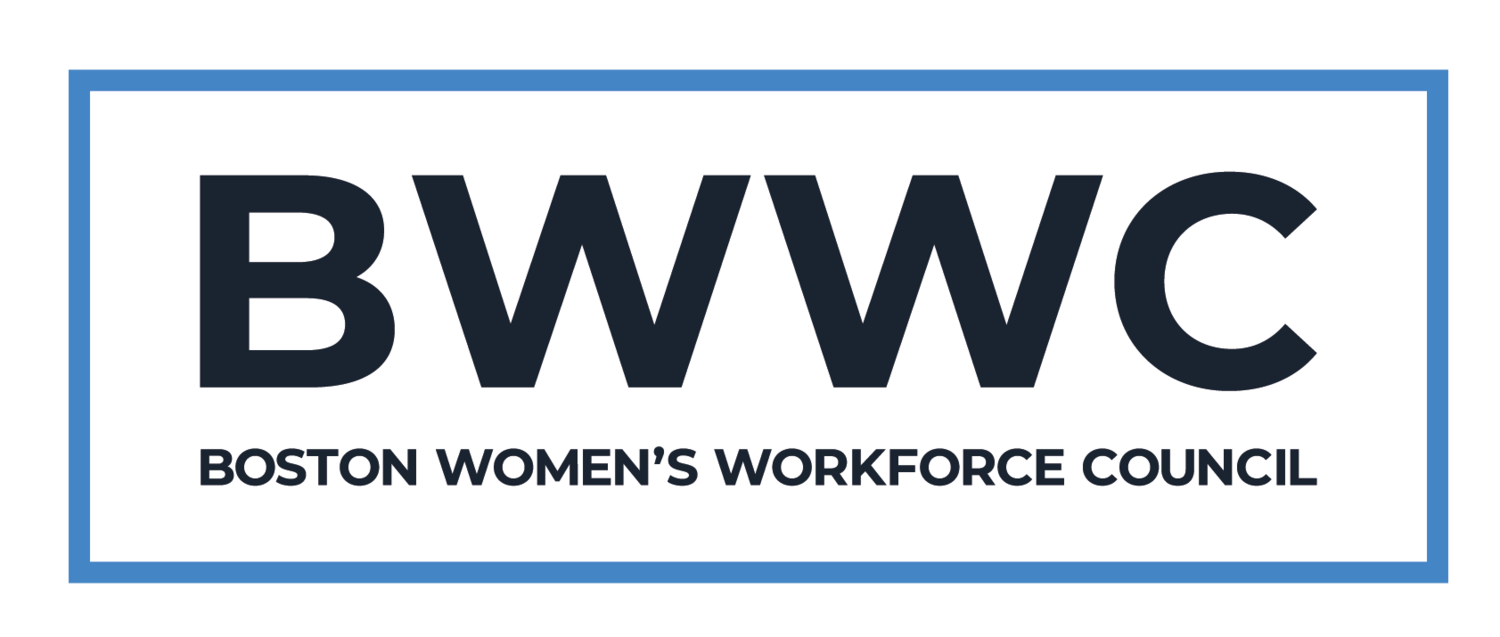CEO Spotlight -July 2016
AN INTERVIEW WITH LISA A. BROTHERS, CHAIRMAN & CEO OF NITSCH ENGINEERING
WHY DO YOU THINK PAY EQUITY IS IMPORTANT? WHAT BENEFITS DO YOU SEE, FOR MEN AND WOMEN, IN NARROWING THE WAGE GAP?
Women should earn equal pay for equal work – period! Narrowing the wage gap provides economic benefits to both men and women. Women make up a large portion of the workforce and contribute to supporting their families, so when women have a more equitable economic position, everyone benefits. Plus, equal pay means that single mothers are more able to provide more opportunities for their children.
WHAT ARE THE BIGGEST OBSTACLES TO ACHIEVING PAY EQUITY? HOW ARE YOU WORKING TO OVERCOME THEM IN YOUR COMPANY?
In the engineering industry, more companies are paying attention to pay equity; however, there is still an unconscious bias that exists, particularly since only 12% of engineers are women. As a women-owned company we have always made pay equity a priority. We achieve this during our annual salary reviews by checking all employees’ level of education, years of experience, position/job title, professional registrations, current salary, and proposed salary increases. The data is pretty clear, and if anyone, male or female, is well below their peers, the manager needs to explain the reasoning behind the difference. Depending on the reasoning, the executive team will make the appropriate adjustments.
DO YOU HAVE ANY ADVICE FOR BUSINESS LEADERS WHO ARE JUST STARTING TO ADDRESS THE ISSUE OF PAY INEQUALITY WITHIN THEIR COMPANIES? IS THERE A GOOD PLACE TO BEGIN?
A good place to begin is to perform an honest assessment of whether your company has a wage gap. I think most people have good intentions, and aren’t intentionally trying to pay men more than women, but the data doesn’t lie. What I have heard from my colleagues at other companies is that the wage gap is often very small early on in a woman’s career, but it compounds over time so that once the woman reaches middle management, it is more prevalent. While some of the gap can be “explained” by more women choosing to take time away from the workforce than men, a gap remains even when that is accounted for! Managers who want to address this should create a spreadsheet with the base employment information (level of education, years of experience, professional registrations, salary, etc.) needed to really look at the numbers, seeking out any discrepancies.
YOU ARE A WOMAN IN STEM, A FIELD TRADITIONALLY MALE DOMINATED. WHAT UNIQUE CHALLENGES DO WOMAN IN STEM FACE, AND HOW DO YOU THINK THEY COULD BE ELIMINATED IN THE FUTURE?
I see two critical issues facing women in STEM: a lack of women entering STEM fields, and an inability of firms to keep the women who do enter the industry.
For the first issue: there is a significant shortage of engineers in this country, and as the baby boomers retire, the need will only increase. We definitely need more young people, of all genders and ethnicities, to enter the engineering profession, and we need to get them interested while they are young. With females still representing only 12% of all engineers – although we have 38% here at Nitsch – there’s huge untapped potential there. Education is the key here – we have to engage girls with the idea of engineering during grades K-12. At Nitsch, we do our small part to fill the pipeline of potential engineers by hosting an annual Introduce a Girl to Engineering Day that typically draws over 100 6th to 12th grade girls to learn about different types of engineering.
The inability of firms to keep the women who do enter the industry is a more complex problem. Women earn 18% to 20% of undergraduate engineering degrees yet we can only keep 12% of them in the workforce. Why is that? I believe that unconscious bias within our male-dominated industry plays a large role in female engineers feeling marginalized. Women hit glass ceilings that cause them to leave the industry for another career that gives them the opportunity to continue to grow and thrive. More women in C-Suite leadership positions and Directors on Boards will greatly help with an awareness of the challenges women engineers face and be in a position to implement policy changes to positively impact women engineers.
HOW HAS SIGNING THE 100% TALENT COMPACT AND WORKING WITH THE BWWC IMPACTED YOUR BUSINESS? WHAT WOULD YOU TELL SOMEONE CONSIDERING SIGNING? WHY BOTHER?
As a women-owned business we have always made wage equity a priority. Being on the BWWC Council and signing the 100% Talent Compact reinforces that this is an important issue to Nitsch Engineering, but also to our industry as a whole. The approach that the BWWC has and their methodology makes sense. I tell my peers that this is a non-mandated way to help understand what the actual wage gap is in the City. Also, the more engineering firms we can get to sign, the better data we will ALL get in return. We all know that there is a business case to have women in leadership positions and closing the wage gap will keep them in our industry and make them available for those leadership positions!
WHAT DO YOU REALLY THINK IT WILL TAKE FOR MEN AND WOMEN TO HAVE COMPLETELY EQUAL OPPORTUNITIES IN THE WORKPLACE?
So much research has been done that clearly shows that diversity in management – whether that’s gender diversity, cultural diversity, etc. – results in companies that perform better. I firmly believe that until the C-Suite and Boards are inclusive and diverse we will not be able to have completely equal opportunities in the workplace.

